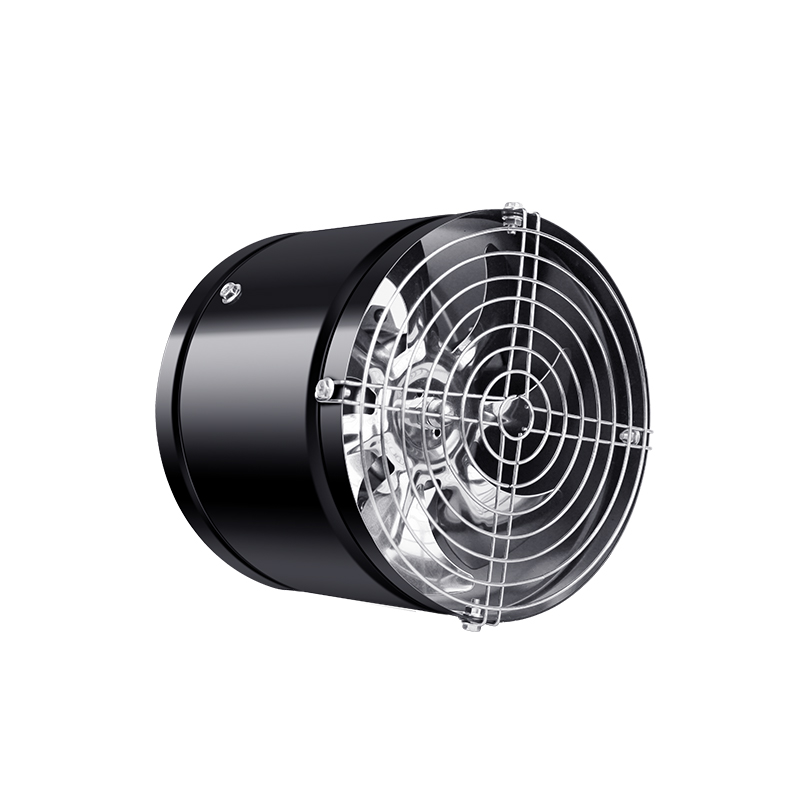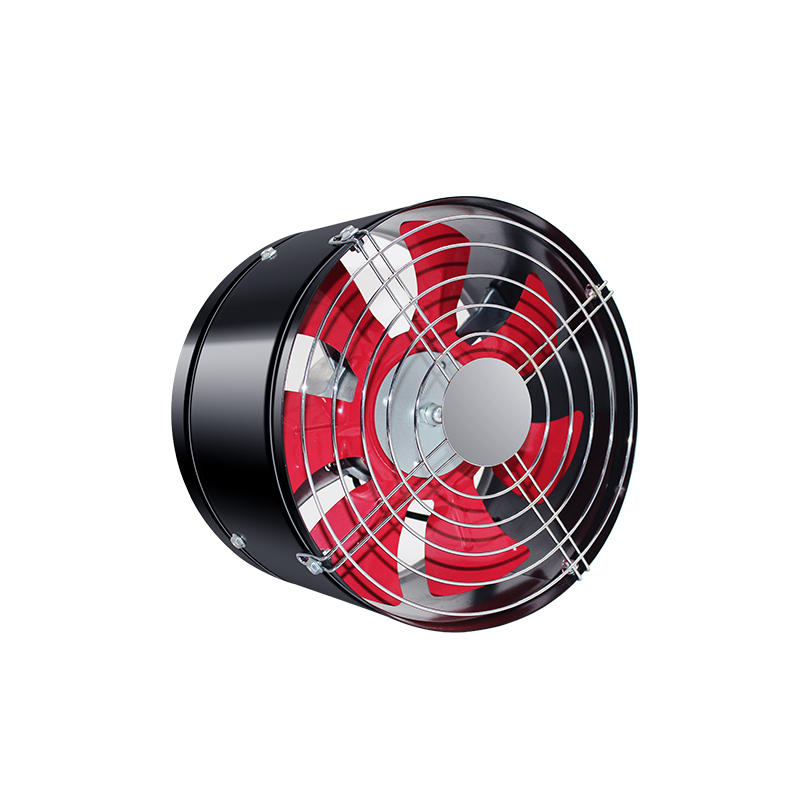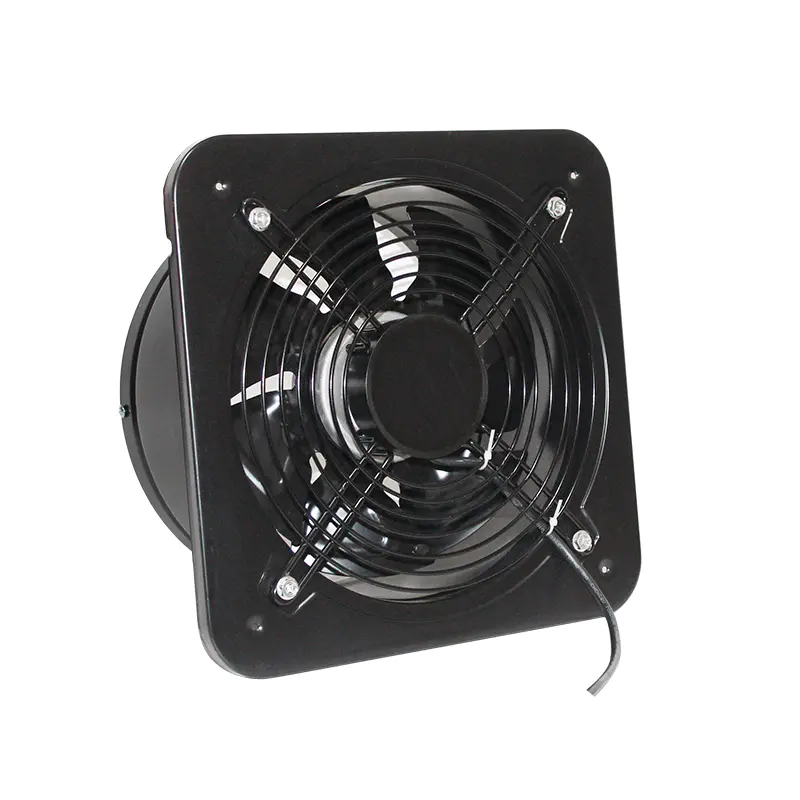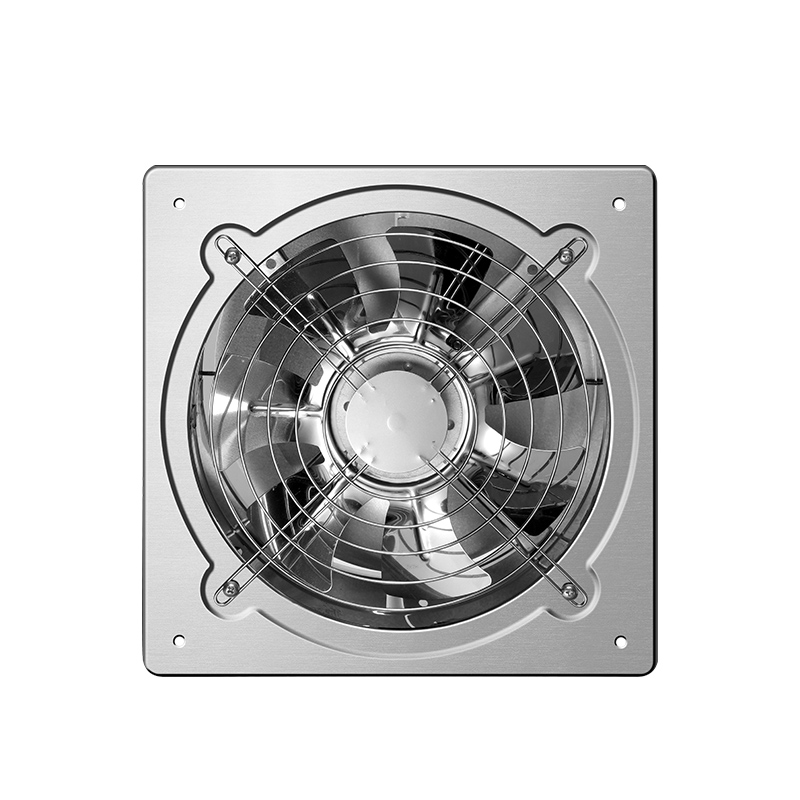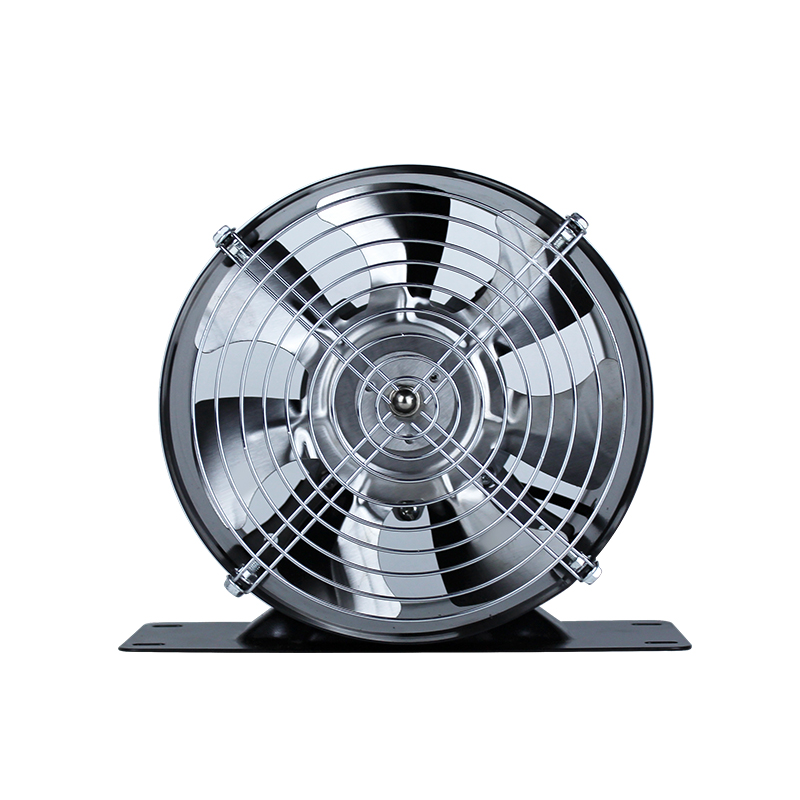News
Energy Saving Duct Fans: A Complete Guide to Efficient Ventilation
- 1 Why Choose energy saving duct fans for Your Ventilation Needs?
- 2 best energy efficient duct fans for home ventilation
- 3 how to install low power consumption duct fans properly
- 4 quiet energy saving inline duct fan technologies
- 5 commercial grade energy efficient duct fans for large spaces
- 6 cost effective duct fans with low energy usage comparison
- 7 Maintaining Your Energy Efficient Duct Fan System
Why Choose energy saving duct fans for Your Ventilation Needs?
Modern ventilation systems require efficient solutions that minimize energy consumption while maintaining optimal airflow. Energy saving duct fans have emerged as the preferred choice for residential, commercial, and industrial applications due to their ability to reduce electricity costs by up to 60% compared to traditional ventilation systems. These specialized fans incorporate advanced technologies that optimize airflow while consuming minimal power, making them an environmentally friendly solution for various ventilation requirements.
Diagonal Flow Booster Powerful Duct Fan Industrial Exhaust Fan
The benefits of energy saving duct fans extend beyond simple power reduction. These systems are designed with intelligent features that automatically adjust fan speed based on real-time airflow demands, ensuring no energy is wasted during periods of lower ventilation needs. When compared to conventional exhaust fans, energy saving duct fans offer superior performance metrics across several key parameters:
| Feature | Traditional Duct Fans | Energy Saving Duct Fans |
|---|---|---|
| Power Consumption | High (typically 100-500W) | Low (typically 20-200W) |
| Noise Level | 50-70 dB | 30-50 dB |
| Lifespan | 3-5 years | 7-10 years |
| Smart Features | None | Automatic speed adjustment, humidity sensors |
best energy efficient duct fans for home ventilation
Key Features to Look for in Residential Applications
When selecting the best energy efficient duct fans for home ventilation, several critical factors should influence your decision. The ideal unit should provide adequate airflow (measured in CFM - cubic feet per minute) while operating quietly and consuming minimal electricity. For most residential applications, fans ranging from 50 CFM to 200 CFM will suffice, depending on the size of the space being ventilated.
Modern energy saving duct fans designed for home use often incorporate these innovative features:
- Brushless DC motors that reduce energy consumption by up to 70% compared to AC motors
- Thermostatic controls that automatically adjust fan speed based on temperature changes
- Humidity sensors that increase ventilation when moisture levels rise
- Programmable timers for scheduled operation during peak humidity periods
- Ultra-quiet operation (below 1.0 sone) for bedroom and living area applications
Sizing Your Home Ventilation System
Proper sizing is crucial when installing the best energy efficient duct fans for home ventilation. An undersized unit won't provide adequate airflow, while an oversized fan will waste energy and potentially create uncomfortable drafts. The general rule of thumb is to calculate the required CFM based on the room's volume and the desired air changes per hour (ACH).
For example, a standard bathroom (8' x 10' with 8' ceilings) requires about 1 CFM per square foot according to most building codes. However, energy saving duct fans can often meet requirements with slightly lower CFM ratings due to their more efficient airflow designs:
| Room Type | Minimum CFM Requirement | Recommended CFM for Energy Efficient Models |
|---|---|---|
| Small Bathroom (under 50 sq ft) | 50 CFM | 40-45 CFM |
| Medium Bathroom (50-100 sq ft) | 80 CFM | 70-75 CFM |
| Large Bathroom (over 100 sq ft) | 110 CFM | 90-100 CFM |
| Kitchen | 100 CFM | 85-90 CFM |
how to install low power consumption duct fans properly
Pre-Installation Considerations
Understanding how to install low power consumption duct fans correctly is essential for achieving optimal performance and energy savings. Before beginning installation, carefully assess the ventilation path, duct routing, and power supply availability. Energy saving duct fans typically require less electrical infrastructure than traditional models due to their lower power demands, but proper planning still ensures efficient operation.
Key pre-installation steps include:
- Measuring the duct size to ensure proper fan housing fit
- Identifying the most direct route for ductwork to minimize airflow resistance
- Checking local building codes for ventilation requirements
- Determining the appropriate location for the fan unit (attic, ceiling, or wall)
- Planning for proper vent termination to the exterior
Step-by-Step Installation Process
The actual process of installing low power consumption duct fans follows a logical sequence that, when done correctly, results in a system that operates at peak efficiency. While specific steps may vary slightly depending on the model and installation location, the general procedure remains consistent for most residential applications.
For a typical ceiling installation of energy saving duct fans, follow these steps:
- Turn off power at the circuit breaker and verify it's off
- Cut the ceiling opening according to the fan manufacturer's template
- Run appropriate electrical wiring to the installation location
- Install the fan housing securely to ceiling joists or support bars
- Connect the ductwork using rigid metal ducts for best airflow efficiency
- Make electrical connections following local codes (typically requires a licensed electrician)
- Install the fan motor assembly and grille according to manufacturer instructions
- Test the system for proper operation and airflow
quiet energy saving inline duct fan technologies
Noise Reduction Innovations
The demand for quiet energy saving inline duct fans has driven significant technological advancements in acoustic engineering and motor design. Modern units achieve whisper-quiet operation through multiple innovative approaches that work synergistically to reduce noise while maintaining excellent airflow characteristics. These technologies make energy saving duct fans particularly suitable for noise-sensitive environments like bedrooms, libraries, and offices.
Current noise-reduction technologies in quiet energy saving inline duct fans include:
- Advanced blade designs that minimize air turbulence
- Vibration-isolating mounts that prevent sound transmission to building structures
- Sound-absorbing materials integrated into fan housings
- Precision-balanced impellers that eliminate vibration
- Variable speed controls that allow lower (and quieter) operation when full power isn't needed
Comparing Noise Levels
When evaluating quiet energy saving inline duct fans, it's important to understand how noise levels are measured and what constitutes an acceptable range for different applications. Sound levels for ventilation equipment are typically measured in sones (a subjective measurement of loudness) or decibels (dB), with lower numbers indicating quieter operation.
The following comparison shows how modern energy saving duct fans compare to conventional models in terms of noise output:
| Fan Type | Noise Level (sones) | Noise Level (dB) | Perceived Loudness |
|---|---|---|---|
| Standard Bathroom Fan | 3.0-4.0 | 60-70 | Clearly audible, potentially disruptive |
| Mid-Range Energy Efficient Fan | 1.5-2.0 | 50-55 | Noticeable but not intrusive |
| Premium Quiet Energy Saving Fan | 0.3-1.0 | 30-40 | Barely noticeable, suitable for bedrooms |
commercial grade energy efficient duct fans for large spaces
Differences from Residential Models
Commercial grade energy efficient duct fans differ significantly from their residential counterparts in terms of capacity, durability, and advanced control features. While residential energy saving duct fans typically handle up to 200 CFM, commercial units may need to move several thousand CFM while maintaining energy efficiency. These heavy-duty fans incorporate industrial-grade components designed for continuous operation in demanding environments.
Key characteristics of commercial grade energy efficient duct fans include:
- Higher static pressure ratings to push air through extensive duct systems
- Industrial-grade motors rated for 50,000+ hours of continuous operation
- Advanced control systems that integrate with building automation
- Corrosion-resistant construction for harsh environments
- Three-phase power options for large installations
Selecting the Right Commercial Fan
Choosing appropriate commercial grade energy efficient duct fans requires careful analysis of several technical parameters beyond simple CFM ratings. System designers must consider static pressure requirements, electrical characteristics, and control integration capabilities to ensure optimal performance and energy savings.
Important selection criteria for energy saving duct fans in commercial applications:
- Calculate total system airflow requirements based on space volume and air change needs
- Determine the system's static pressure by analyzing duct layout and components
- Select a fan that meets both CFM and static pressure requirements at its highest efficiency point
- Consider future expansion needs that might require additional capacity
- Evaluate control options (VFD, EC motor, etc.) for maximum energy savings
cost effective duct fans with low energy usage comparison
Initial Cost vs. Lifetime Savings
While cost effective duct fans with low energy usage may carry a higher initial price tag than conventional models, their long-term savings potential makes them a wise investment. The total cost of ownership for energy saving duct fans typically becomes favorable within 2-3 years of operation, with savings continuing throughout the product's extended lifespan.
To properly evaluate cost effective duct fans with low energy usage, consider these financial factors:
- Purchase price and installation costs
- Estimated annual energy consumption
- Expected maintenance requirements and costs
- Projected lifespan compared to conventional fans
- Potential rebates or incentives for energy efficient equipment
Breakdown of Cost Savings
A detailed comparison demonstrates how energy saving duct fans provide superior value over time. The following analysis assumes continuous operation (24/7) which is common in many commercial applications and some residential settings like bathroom ventilation in humid climates.
| Cost Factor | Standard Duct Fan | Energy Efficient Duct Fan | Savings |
|---|---|---|---|
| Initial Cost | $100 | $200 | -$100 |
| Annual Energy Cost | $75 | $30 | $45/year |
| Lifespan | 5 years | 10 years | 5 additional years |
| 10-Year Energy Cost | $750 | $300 | $450 |
| Replacement Cost | $100 (at year 5) | $0 | $100 |
| Total 10-Year Cost | $950 | $500 | $450 |
As shown in the comparison, while cost effective duct fans with low energy usage require higher initial investment, they provide substantial savings over their operational lifespan. The example above demonstrates nearly 50% cost reduction over ten years, not accounting for potential increases in energy prices which would further amplify the savings.
Maintaining Your Energy Efficient Duct Fan System
Routine Maintenance Procedures
Proper maintenance ensures your energy saving duct fans continue operating at peak efficiency throughout their extended lifespan. While these systems generally require less maintenance than conventional fans due to their superior design and components, periodic attention prevents performance degradation and maintains energy savings.
Recommended maintenance tasks for energy efficient duct fans include:
- Quarterly inspection of fan blades and housing for dust accumulation
- Annual cleaning of ventilation ducts to maintain airflow efficiency
- Biannual checking of electrical connections for tightness and corrosion
- Testing of automatic controls and sensors for proper operation
- Lubrication of bearings (if required by manufacturer)
Troubleshooting Common Issues
Even well-maintained energy saving duct fans may occasionally experience performance issues. Understanding how to diagnose and resolve common problems helps maintain system efficiency and prevents minor issues from developing into major repairs.
Frequent issues with energy efficient duct fans and their solutions:
| Symptom | Possible Cause | Solution |
|---|---|---|
| Reduced airflow | Dirty filters or duct obstructions | Clean or replace filters, inspect ducts |
| Increased noise | Loose components or worn bearings | Tighten mounting hardware, replace bearings |
| Fan not starting | Power supply issue or failed motor | Check circuit breaker and wiring |
| Intermittent operation | Faulty control board or sensor | Test and replace control components |


 English
English 中文简体
中文简体
